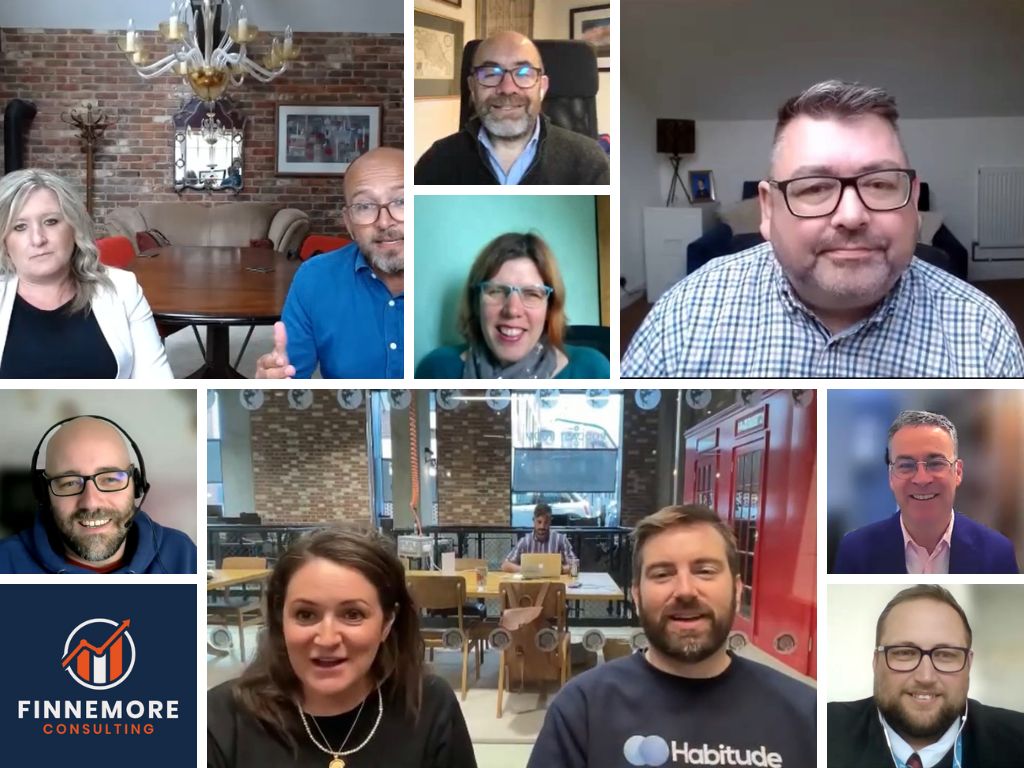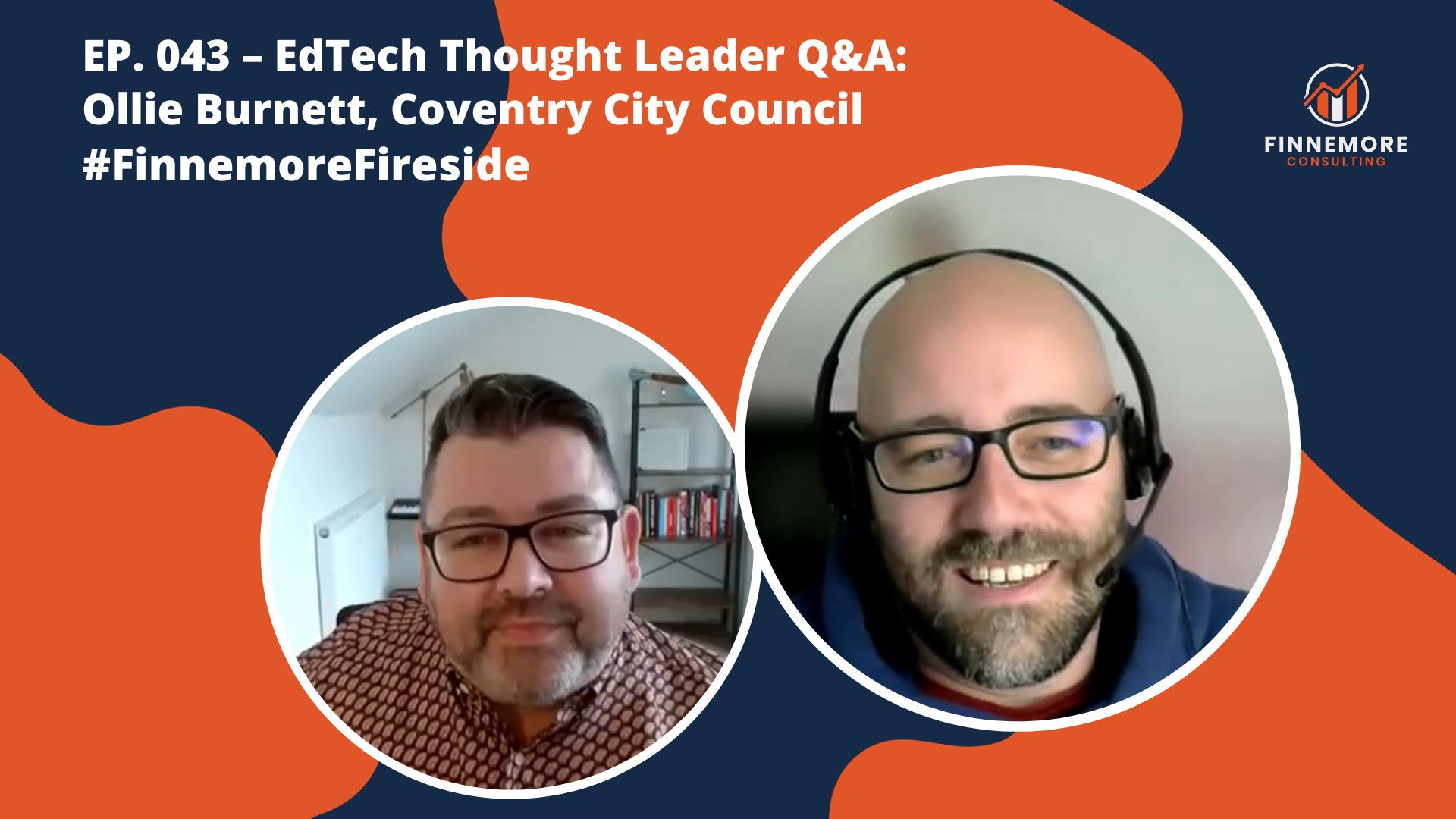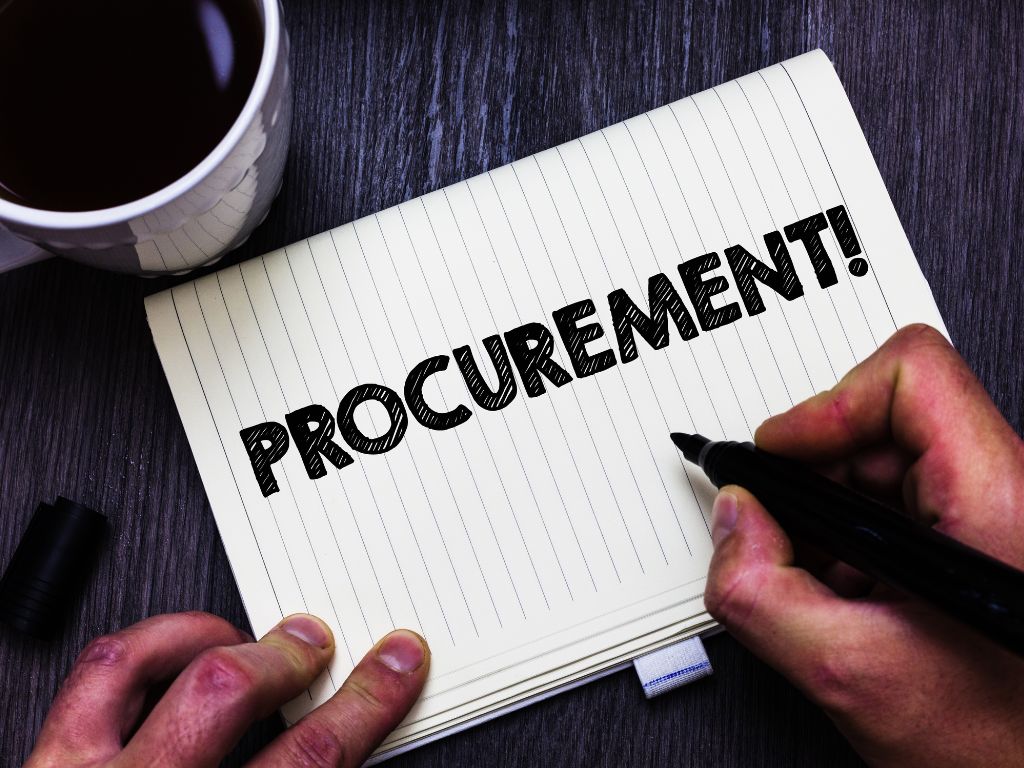Leveraging Customer Testimonials: Your Secret Weapon in Edtech



When you’re reaching out to people in the edtech field, it’s crucial to get your message right. Here’s a straightforward four-step plan to help you write emails and messages that hit the mark:
1. Understand and acknowledge their problems
Start by showing that you get what they’re going through and acknowledge the challenges they face in education or technology. This helps build trust and shows you’re genuinely interested in helping them.
2. Explain how you can help
Next, explain how your Edtech solution can solve their problems. Keep it simple, focus on the benefits, and avoid using technical language that might confuse them. Be clear about how your solution can make their lives easier.
3. Share proof of success
Back up your claims with real evidence. Share stories or data that show how your solution has helped others like them. This helps build credibility and makes your message more convincing.
4. Ask them to take action
Finally, tell them what you want them to do next. Whether it’s trying out your product or scheduling a demo, make it easy for them to take the next step. Be direct and clear about what you’re asking for.
The key is to keep it short, don’t over-explain, and make it about them and not you!

Whether you’re navigating interviews, Q&A sessions, or engaging in conversations with stakeholders, mastering the art of media training can be the key to success as it keeps the focus ON the things you want to talk about and AWAY from those you don’t.
Here are three key tips I learnt in media training to elevate your communication game:
1. Know your North Star
The key to a good Q&A is don’t answer the question you’re asked, answer the question you wish you were asked. If there’s a crucial message you want to get across, that’s your North Star. Practice answering questions that lead you back there.
Then if they keep commenting on something trivial or something you don’t know well, you can bring the conversation back to what matters.
2. Don’t speak for others.
If somebody says “You must be shocked by your competitors’ collapse” don’t take the bait. Instead say you’ll let that person comment on their situation, and then bring the conversation back to your area of focus.
3. Have command of two or three recent statistics that support your perspective.
You don’t need to be a walking encyclopaedia, but a few stats are very compelling. Make sure they are no more than two or three years old, and that you can cite your sources.
What More Can You Do?
While the strategies above are indispensable, there’s always room for refinement. Here are a few additional tips to enhance your performance during Q&A sessions and interviews:
4. Active Listening: Pay close attention to the questions posed to you. Understanding the intent behind each query allows you to tailor your responses more effectively.
5. Authenticity: Stay true to your brand and values. Authenticity resonates with audiences far more than rehearsed or scripted responses.
6. Bridge Techniques: Master the art of bridging—seamlessly transitioning from the question asked to the point you wish to convey. This technique allows you to maintain control over the conversation.
7. Practice, Practice, Practice: Like any skill, effective communication requires practice. Engage in mock interviews, seek feedback, and continuously refine your approach.
By harnessing these insights and refining your communication skills, you’ll be better equipped to give interviews which drive your vision forward with clarity and conviction.
What else would you add? What do you find helps when you’re involved in Q&A sessions or interviews?

Are you guilty of bad love?
Bad love: when your affection for customers is solely based on the revenue they bring. Ask yourself, if they didn’t contribute financially, would you still talk to them, believe in them or invest in them? Is it the money you love, or the customer?
Good love: genuinely caring for your customers, regardless of their financial value. Even if the relationship ends, your business gains in reputation and brand loyalty. You become the go-to for recommendations, known for going above and beyond.
Love your customers for who they are, not just what they bring financially. Strong relationships lead to happier outcomes for everyone involved.
💖 Happy Valentine’s Day! 💖

We’ve been privileged to speak with even more edtech and industry thought leaders throughout 2023 as part of our #FinnemoreFireside chats, and the insight they continue to provide to us and our community is invaluable.
Thanks to Catherine Tallis of HFL Education, a long-standing provider of MIS support to schools, for discussing how support teams must adapt as the MIS market continues to evolve.
Thanks to Derek Hills from Ark for sharing your views on where you see AI fitting into technology budgets and the broader education landscape, and what the future of MIS might be.
It’s great to speak with thought leaders from government so thank you to Edtech NED, legislator, schools and education expert Jim Knight for your thoughts on the disconnect between the education and labour market, and the need for a school system which truly meets the needs of learners, communities and employers.
Thank you to Chris Kirk of CJK Associates Ltd for your insight into MAT’s needs in terms of vision, strategy, operating models and governance, and what this means for suppliers – both now and in the future.
Our chat with Lyndon Stickley and Sam Curtis of iplicit is essential listening for everyone with an interest in finance as they discuss the importance of change in the education sector and the need for flexibility and adaptability in finance and management systems
Thank you to Ollie Burnett from the school support team in Coventry for talking to us about all the valuable ways they support their schools, including helping them procure and migrate to their new MIS as a group earlier this year.
Finally, we were delighted to speak with Izzi Dorrian and Ed Butcher, founders of the brilliant Habitude workflow platform, for an insightful discussion on the evolving landscape of MATs, the importance of infrastructure, and the need for a clear vision.
As always, we’ve thoroughly enjoyed making the series and are looking forward to a fantastic 2024!
Have a great Christmas break
Best wishes from Sarah & Nick
——————————————————————————-
Subscribe to our YouTube channel and get notified when new videos go live, or join our mailing list for tips on future-proofing, MIS news, growth strategies, and much more.

The pursuit of perfection is a double-edged sword. Perfectionism is just procrastination in disguise – and procrastination will kill a product release stone dead.
You see this happen all the time in software, and unfortunately, Edtech is no exception. Companies aim to only release a 100% perfect product because they fall into one of these traps:
1. They honestly believe they can create an amazing solution through ‘thinking things up’ in their office/bedroom/ivory tower. What they need to do is get their solution out into the real world to see if it meets the customers’ needs.
2. They’re scared of messing up so spend a lot of time strategizing to try and ensure they don’t fail at all.
The truth is that perfectionism is bad for business. Waiting endlessly for the perfect solution not only hinders progress but also opens the door for competitors to gain an edge.
The Pitfall of Perfection: Businesses risk losing valuable time that could be spent gaining insights and refining their products by only striving for perfection. While it’s natural to want to deliver excellence, the reality is that waiting for perfection allows competitors to swoop in, gather feedback, make improvements, and potentially dominate the market.
The MVP Advantage: Enter the Minimum Viable Product (MVP). Instead of aiming for perfection behind closed doors, releasing an MVP allows you to bring your solution to market quickly. This initial version may not be flawless, but it opens the channels for crucial customer feedback.
Listening to Your Customers: The beauty of the MVP approach lies in its inherent openness to customer input. Launching a basic version of your product invites users to share their experiences, preferences, and suggestions. Your customers become invaluable collaborators, guiding the iterative process and steering your product towards perfection based on real-world needs.
Competitive Edge Through Iteration: While perfectionism breeds stagnation, embracing an iterative approach propels your business forward. By consistently releasing improved versions based on customer feedback, you stay ahead of the competition. Your responsiveness to user needs positions you as a dynamic force in the market, ready to adapt and deliver what customers truly want.
Embrace imperfection, release your MVP, and let your customers be the architects of perfection!

We’re delighted to welcome one of our LA Support Team colleagues to our #FinnemoreFireside chats. A huge thank you to Ollie Burnett, Systems Lead at Coventry City Council, who talked to me about their work with schools and plans for the future.
Ollie has been in education since 2003, is passionate about education and aims to improve the experience for students and teachers through his work. It’s a great conversation and, amongst other things, we talk about:
Ollie also chats about the process they went through during their recent MIS switch and why they chose Bromcom. In total, 75% (45) of Coventry’s LA-maintained schools chose to move both MIS and Finance, with the Authority implementing the switch in only 3 weeks by working in a 3-way partnership between the Coventry Support Team, the schools and the supplier. It can be done!
————————————————————————————————
We’ve been lucky enough to have worked with most of the maintained MIS suppliers including SIMS (then owned by Capita), Arbor, IRIS Ed:gen, Pupil Asset, and, at the time of writing, working with Bromcom as they grow their user base across the UK.
We’ve recorded tons more #FinnemoreFireside chats on the topic of MIS with MATs, school leaders, support teams, suppliers and independent consultants which you can find here or subscribe to our You Tube channel for regular updates.
Other brilliant free, independent resources we’d recommend you take a look at include WhichMIS and BringMoreData, We also run a LinkedIn group ‘The Future of MIS’ which seeks to understand the new role of MIS in schools and explore what it will look like in the future – come and join the conversation 🙂

We’ve been privileged to speak with even more industry thought leaders this academic year as part of our #FinnemoreFireside chats, and the insight they provide us and our community is invaluable.
So thank you to Edtech NED, legislator, schools and education expert Jim Knight for your thoughts on the disconnect between the education and labour market, and the need for a school system which truly meets the needs of learners, communities and employers.
Thanks to Derek Hills from Ark for sharing your views on where you see AI fitting into technology budgets and the broader education landscape, and what the future of MIS might be.
Thank you Matt Woodruff for an insightful conversation about how technology can support more effective decision-making at all levels to improve outcomes and identify ways to be able to ‘do more, with less’ – more important than ever in today’s economic climate.
Thanks to Catherine Tallis of HFL Education, a long-standing provider of MIS support to schools, for discussing the ways in which support teams must adapt as the MIS market continues to evolve.
Thank you to Chris Kirk of CJK Associates Ltd for your insight into MAT’s needs in terms of vision, strategy, operating models and governance, and what this means for suppliers – both now and in the future.
And finally, we were delighted to welcome back Martin Baker of The Safeguarding Company for a follow-up chat about the lessons that can be learnt from the Child Q case. A challenging topic and we really appreciate you sharing your experience.
Nick and I have thoroughly enjoyed making the series and already have a great session ready to go in the new term from Lyndon Stickley and Sam Curtis at iplicit. Ollie Burnett from the school support team in Coventry will also be joining us to talk about all the valuable ways they support their schools, including helping them procure and migrate to their new MIS Bromcom as a group earlier this year. Watch this space!
Have a great summer break everyone 🌞

It’s one of the reasons why effective procurement is absolutely critical, but the idea of going to tender for edtech and school management software can feel pretty daunting. However, there’s no reason why it should be complicated and there are actually some brilliant benefits to testing the market and running a formal procurement for the solutions used by your school.
Going out to procurement means you can benefit from economies of scale which might not be currently available to you with an existing supplier or arrangement. For example, if you’re part of a Trust, engaging with the same supplier as other academies in your MAT but doing it separately isn’t the most efficient approach. By consolidating your spending as a Trust you immediately gain better buying power and secure better deals.
Similarly, aggregating your purchasing decision as a group of schools within an LA means you can also benefit from acting as a group. In many cases, your LA support team will be able to help negotiate a discount for the group of schools while still allowing you all to purchase your own licences (Support Teams are also brilliant at helping schools manage implementations, migrate data and co-ordinate training so we’d recommend asking your local Support team for advice when planning any move or procurement).
It’s also important to remember that efficiency is key. Going out to procurement and then using a Dynamic Purchasing System or Framework offers access to pre-vetted supply chains and can significantly reduce timescales compared to traditional procurement processes.
For software and infrastructure, good options include:
When it comes to school management information systems (MIS), there are more options available, many created by or in conjunction with school support teams. For example:
For devices, especially climate-friendly and budget-friendly options such as reconditioned laptops, etc. ScoStore is a brilliant tool https://portal.getech.co.uk/ScoStore
For more general school purchasing try ESPO https://www.espo.org/ and YPO (Yorkshire Purchasing Organisation) https://www.ypo.co.uk/
Compliance essentially involves following internal financial rules and statutory requirements when spending public money (and, in the case of MATs, the Academy Trust handbook). Failing to ensure fairness, transparency, and equal treatment of all suppliers—especially if you’re engaging with existing suppliers—can inadvertently lead to legal challenges. We’ve seen legal action taken in the MIS sector (for example, Bromcom recently won its case against ULT re. fair and best practice in education procurement) so really can’t emphasise enough the importance of avoiding such pitfalls. The risks include costs, time burdens, reputational damage, and potential fines and legal action in serious cases.
Compliance involves adhering to the legal framework known as Public Contracts Regulations 2015 (PCR2015) but it shouldn’t be something to fear. You can mitigate these risks by adopting a robust approach to your procurement exercise, and being able to make use of frameworks helps a great deal. Frameworks and DPS provide compliant pathways to procure goods and services so they should always be considered as an option.
A procurement exercise is not solely about getting the best price. It’s about understanding your requirements and identifying the best solutions that meet your needs while balancing price, and ultimately delivering greater outcomes for your school or MAT. A well-thought-out procurement process can make a huge difference—both financially, by releasing cashable savings, and by maximizing social benefits for your school, Trust, and the wider community.
When looking at new solutions or replacing an existing legacy system, also ask yourself the following:
While the prospect of engaging in tender processes for edtech and school management software might seem daunting, the benefits far outweigh the challenges. By exploring the market and running a formal procurement, schools can unlock a world of opportunities that lead to significant savings and enhanced compliance.

Customer testimonials are one of THE biggest marketing tools you can have in your kitbag when it comes to selling in the education sector as peer-to-peer advocacy is everything.
Here’s why you should ask for them and share them:
1. They build trust.
Testimonials from satisfied customers serve as social proof, building trust and credibility in your brand. Potential customers are more likely to trust the experiences of their peers.
2. They help you win new business.
Positive testimonials showcase your product’s value proposition and demonstrate real-world benefits. They can be powerful tools in persuading potential customers to choose your EdTech solution over competitors.
3. They help you retain customers.
Happy customers are your best advocates. Sharing their positive experiences not only reinforces their loyalty but also encourages retention by highlighting the value your platform delivers.
If you don’t already, start gathering and sharing customer testimonials to increase brand presence and drive growth.
It’s #testimonialtuesday today so why not share one in the comments straight away! 👇